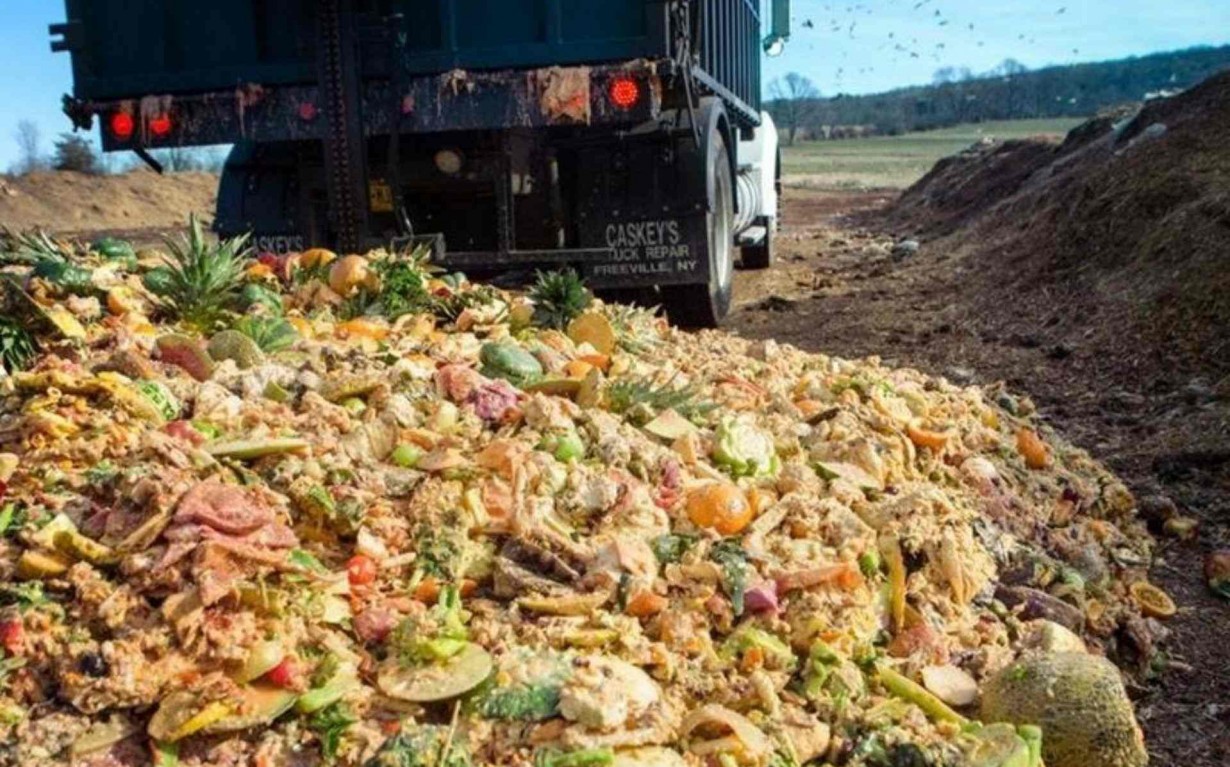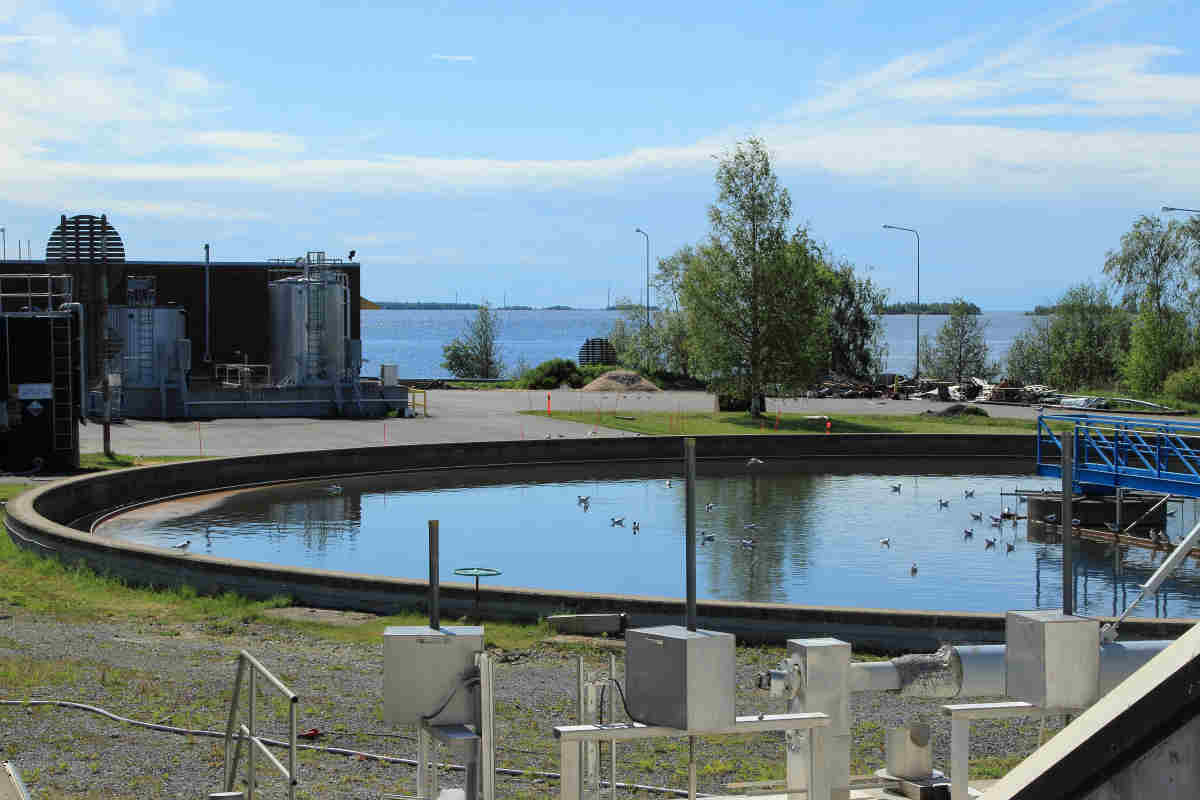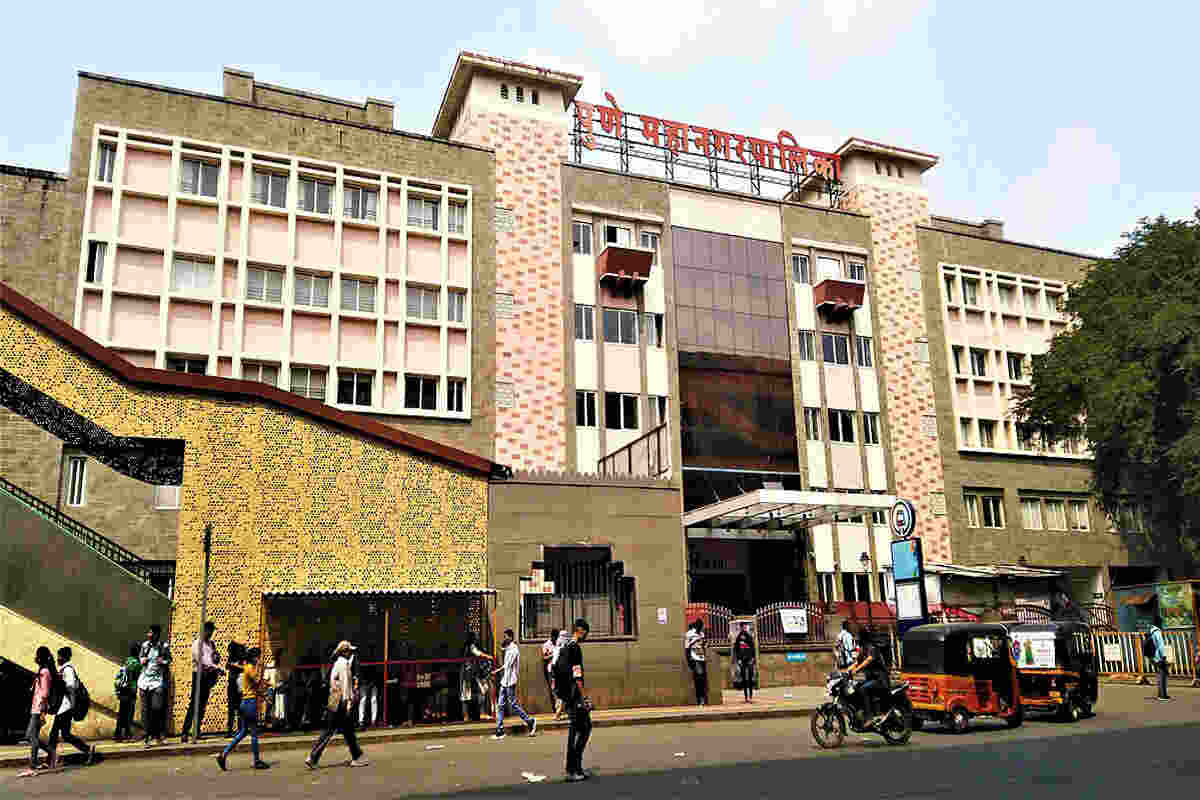New York has the third-highest cancer risk caused by airborne chemicals of all counties in the United States.
Despite this terrifying fact, New York City continues to attract millions of tourists every year for its popular, beautiful, and exquisite museums, art galleries, and sculptures.
As the largest metropolitan area in the world by urban landmass, New York City consists of 5 boroughs: Brooklyn, Queens, Manhattan, the Bronx, and Staten Island.
Home to more than 18 million residents, New York City stands as one of the most populated cities within the US and therefore an important center of influence for the world.
As a result of high population density and a booming economy within New York City, devastating problems, specifically increasing the cost of living, and pollution from food waste, ozone emissions, and trash, continues to grow larger as we speak.
THE TRAGIC INCREASE OF POVERTY
A single person in New York City can expect to spend an annual total of $51,323 on necessities — more than what the median US worker earns in one year.
Between 2005 and 2016, New York City added approximately 76,000 new units of rental housing for 576,000 new residents. Additionally, many of the new units added were often too expensive for low-income families.
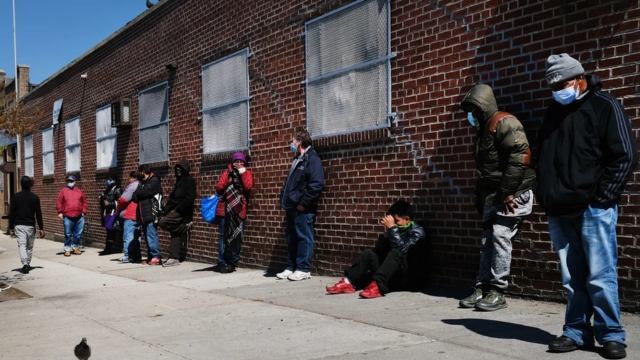
The median rent for a two-bedroom apartment in New York City is $3,500 — over two times the national median of $1,480.
Not only did the increased cost of living lead to more poverty and homelessness, but also an unequal distribution of incomes.
The average 2015 income of the top 1 percent in New York state was $2.2 million, while the average income of the bottom 99 percent was $49,617, a report said — a ratio of 44.4 to 1.
Unequal income distribution among the citizens of New York has also led to an increase in homelessness, poverty, and gentrification.
- A new analysis study found that 3.4 million adults in New York City lived below the poverty line at some point between 2012 and 2018.
Thus, the increased cost of living coupled with unequal income distribution resulted in drastic negative effects for the majority of citizens in New York City.
FOOD WASTE AS A DANGER TO HUMANITY
- Every year, approximately 4 million tons of waste is sent to the landfill from New York City. Nearly a third of that waste is food.
- Of the food waste generated, 68% was considered still edible. New York City restaurants account for most of the food waste with close to half a million tons of food waste per year.
The average amount of food wasted by households in New York City was a corrected amount of 8.4 pounds per household per week.
When food waste degrades in landfills, they produce a harmful greenhouse gas known as methane. Methane gas emissions contribute to a variety of detrimental effects including air pollution and most significantly, climate change.
Consequences of organic waste in landfills (ECOEducationService)
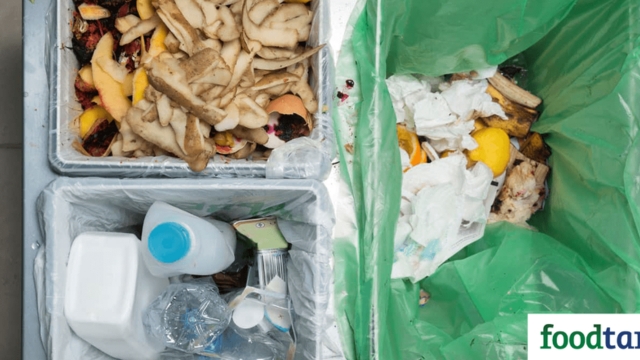
THE EARLY DEATHS IN NEW YORK CITY
Ranked as the tenth worst in the country for smog levels, New York City was rated an F, in four of the five boroughs, for high smog levels according to the American Lung Association.
- 22.6 million residents in the New York Metro Air are exposed to unhealthy air. Air pollution from ozone and fine particulate matter can harm everybody but is especially dangerous for “children, older adults, and people with lung diseases like COPD or asthma.”
- A study estimated that 2,700 premature deaths in New York City can be attributed to the filthy air pollution consisting of ozone and fine particulate matter.
- PM 2.5 are small particles within the air that damage health when breathed in. Approximately 12 New York City neighborhoods exceeded the PM 2.5 guidelines of 10 μg/m3 set by the World Health Organization in 2014, with the highest exceeding the guidelines by 42%.
THE OVERWHELMING FLOOD OF TRASH
Due to the high population density in New York City, trash accounts for one of the largest issues with 1.7 million tons of greenhouse gas emissions generated from landfills in a single year.
- In 2018, more than 77,000 tons of waste, the weight of approximately 12 elephants, were sent to Dunn Landfill from the 5 boroughs of New York City.
- Dunn is just one of three dozen or so landfills and incinerators around the country that received some of the 12 million-plus tons of construction, commercial and residential refuse exported from the city which is enough to fill more than 36,363 Olympic swimming pools.
ACTIONS FOR CHANGE
To combat the crisis of pollution from food waste, ozone, particle emission, and trash, New York City authorities, organizations, and citizens have taken action towards addressing this issue.
- City Harvest, founded as the world’s first food rescue organization. In 2018, the organization collected 55 million pounds of excess food and delivered it free of charge to 500 community food programs across New York City.
- BK ROT, a composting service organization, processes between 10,000 to 12,000 pounds of organic waste per month that would have otherwise been headed for landfills.
- The Zero Waste Plan created for New York City seeks to reduce 90% of waste that lands in landfills. So far, the plan has succeeded in a 22% decrease in solid wastes.
- In 2012, as a result of a partnership between New York City, Environmental Defense Fund, and ICF International, the Clean Heat Program was launched and resulted in the decrease of PM 2.5 emissions, small particles that contribute to air pollution, by 65% since 2011.
- In 2018, Mayor Bill de Blasio signed the Waste Equity Legislation, sponsored by New York City Council Members and sanitation committee chair Antonio Reynoso, which “halves the allowed capacity for waste transfer stations in North Brooklyn and cuts the permitted capacity in the South Bronx and Southeast Queens by a third,” thereby, reducing waste destined for the landfills.
- Capalino and Company, a consulting firm in New York City, is dedicated to corporate social responsibility by reducing consumption of natural resources, purchasing environmentally-friendly goods, and constantly finding new ways to reduce the firm’s carbon footprint
Despite these measures, New York City continues to exist as a city generating tons of trash, food waste, and air pollution. To truly reduce the amount of pollution within New York, a circular economy is necessary.
CIRCULAR ECONOMY
A circular economy is a closed-loop system in which all goods retain their values through reducing, reusing, recycling, and restoring the waste.
Contrary to our current linear system of “take-make-dispose,” a circular economy seeks to extract value and regenerate waste.
Local businesses create 5 times more jobs than global businesses.
Going local is the first step towards sustainability. Not only can a circular economy help reduce waste but also generate job opportunities and reduce the wage gap between upper and lower classes. Hence, a circular economy is crucial to solving the income inequality prevalent in New York City.
Implementing circular economy based solutions can increase jobs in the renewable energy and recycling sectors, which will help bring people out of poverty while creating a cleaner and sustainable environment.
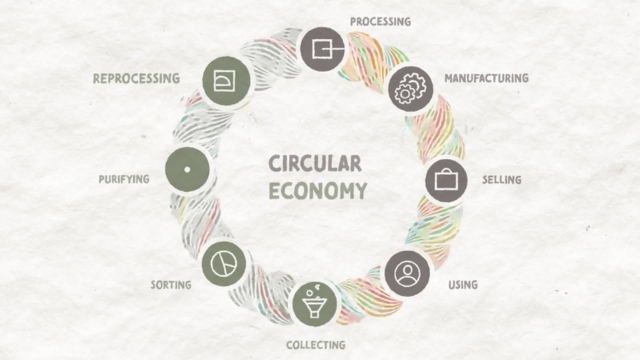
FOOD WASTE: CIRCULAR ECONOMY SOLUTIONS
To address the issue of food waste, a more extensive circular economy approach can be taken.
- Microbial digestion of food waste can generate value through the production of biogas and biofertilizer for households and the agriculture industry.
- Through upcycling of the food waste, biomaterial and other bio-products such as bioplastic can be produced and reused.
Additionally, hosting large fairs, events, and workshops dedicated to raising awareness of the need for circular economy solutions and encouraging residents to be more aware of their actions can further reduce waste by educating residents and unifying them under the same cause of creating a more sustainable future.
COMMUNITY: CIRCULAR ECONOMY SOLUTIONS
The community, in turn, can also contribute towards a cleaner environment in the future through:
- Participating in environmental events, fairs, and workshops
- Segregating and disposing of the waste properly
- Recycling recyclable items and composting organic wastes
- Using public transportation or carpooling
- Planting community gardens and urban farms
Through the combined efforts of the community and the government, a more sustainable future can be achieved from adopting a circular economy.
EARTH5R COMMUNITY WORK
Initiated in Mumbai, India, the Earth5R team succeeded in implementing an effective circular economy model through the installation of compost units for composting organic waste.
The goal was to reduce the amount of waste going to landfills by segregation and processing of organic waste.
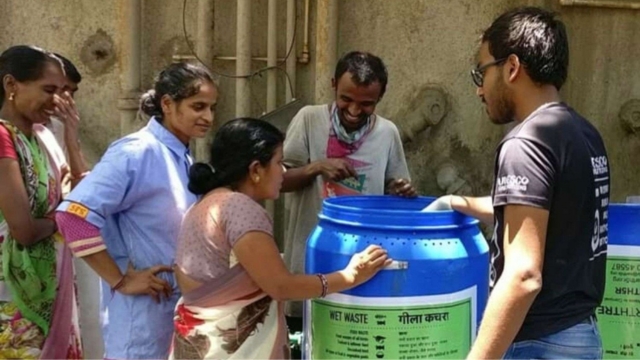
The Earth5R team trained the residents on 3 broad types of waste generated in households: recyclable, biodegradable, and refuse, as well as the importance of proper waste segregation and waste disposal.
Furthermore, they were informed about how to care for composting units and the uses of organic compost. From this training, environmental, social, and economic benefits emerged:
Environmental: Less waste in landfills and therefore reduced pollution
Social: Compost for house gardens, plantation projects
Economic: Less money needed for urban farming
From this circular economy model, residents learned the importance of segregating at source, identifying waste streams, and properly segregating waste. Through these actions, a step towards zero waste is taken.
Thus, a circular economy is necessary for a more sustainable and cleaner environment in the future not only in India and Los Angeles but also all over the world.
Thus, circular economy based solutions are important towards a more sustainable future. To solve the problem of food waste, trash pollution, and ozone emissions in New York City, a circular economy is necessary for minimizing pollution and, therefore, reducing pollution.
Reach out to Earth5R to know more about solving environmental issues by creating a circular economy based sustainability project.
ABOUT EARTH5R
Earth5R is an environmental organization from India with its head office at Mumbai. It works with the NGO sector, Companies and helps them conduct environmental corporate social responsibility (CSR) programs across India. Earth5R specializes in circular economy based projects. Earth5R also offers short term and long term environmental courses.
Earth5R’s Global Sustainability Hub is a cross-sector and cross-country collaboration in pursuit of UN Sustainable Development Goals. It is an excellent opportunity for governments and the private sector to engage with communities, use Sustainability-based models to drive economic changes, and create social and environmental impact.
Reported by Claire Hsu, edited by Riya Dani

